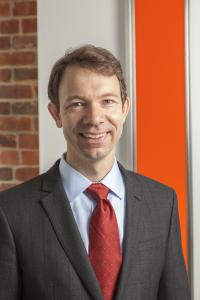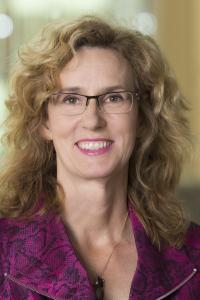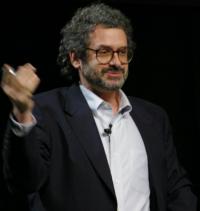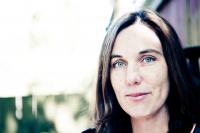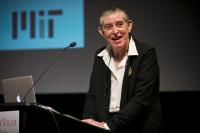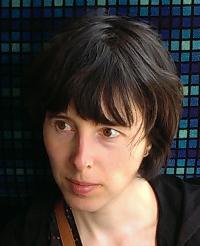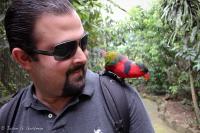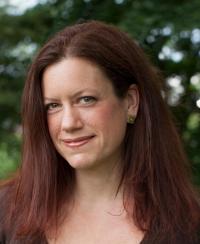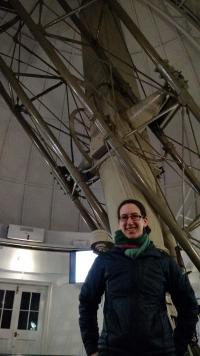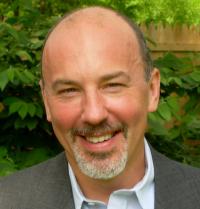Fred Guterl is executive editor of Scientific American and author of The Fate of the Species: Why the Human Race May Cause Its Own Extinction and How We Can Stop It (Bloomsbury 2012). He has won numerous awards for writing and editing from the American Association for the Advancement of Science, the Overseas Press Club, the American Society of Magazine Editors and other organizations. He led Scientific American to its first-ever award for National Magazine Award for General Excellence in 2011. Guterl was formerly deputy editor at Newsweek International. He makes frequent speaking appearances and has appeared on Charlie Rose, the Today Show, The Daily Show with Jon Stewart and others venues. Guterl holds a bachelor's degree in electrical engineering from the University of Rochester and has taught science writing at Princeton.
Pitch Guidelines
Please send pitches that are no longer than four paragraphs. Ideally, pitches make a point, include a draft nut paragraph in the 1st or 2nd sentence, expand on the idea for a few paragraphs, and reveal what the story will state, rather than providing background.
The pitch also should briefly answer these questions: Why would SciAm's audience want to know about this topic? Why should we run this story now rather than five years ago or five months from now, for instance? And what are the broader implications of these findings, or how can this topic/finding help our readers understand themselves or their world?
Stories that Scientific American readers like to read typically fall into one of more of these categories: enterprised, contextualizing, big-picture, myth-busting, explainers, coverage of precedent-setting findings, coverage of new trends in science, or unexpected angles on journal article news that our competitors won't have. We also seek coverage of emerging or cutting-edge areas of science and discoveries that might be under the radar and haven't been covered by mainstream science news outlets. We typically do not assign profiles, Q&As, or reviews online (if you have a profile or Q&A idea, please send that only to Amber Williams at awilliams@sciam.com). We assign 700-word stories for online and 200- to 300-word stories for the front of the magazine. Our staff and competition already closely monitor the better known journals (Cell, JAMA, NEJM, Nature, Science, PLoS, PNAS), so assignments for stories based on papers in these journals are harder to land with us.
Scientific American's topic areas are energy/sustainability (including environment, energy technology, climate science, earth science, volcanoes, tornadoes, earthquakes, hurricanes), evolution (including archaeology, paleontology, evolutionary biology, evolution education), health and medicine (including biotech, biomedicine, ethics, infectious diseases, medical technology), basic biology, chemistry, math, physics, science education, automative technology, communications technology, military technology, consumer-electronics, computing technology, cognitive science, neuroscience, thought and cognition, and space science (including astrophysics, ET life and cosmology).
Please send pitches in a single email addressed both to Amber Williams (awilliams@sciam.com), editor of the magazine's "Advances" section (front of the book), and to Robin Lloyd (rlloyd@sciam.com). We look forward to hearing from you.
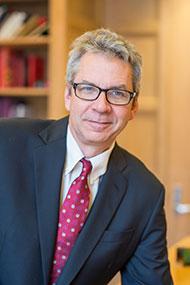

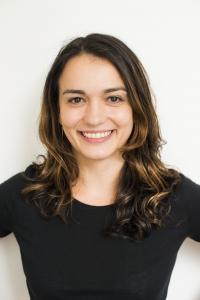
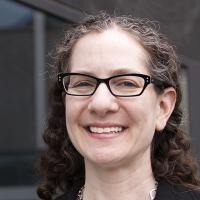
__(7173%2c%20600x750)d1f6.jpg?itok=3ulcHSGg)
